32 places where you can find the world's most impressive plant life
From Cuba and Sri Lanka to Socotra and beyond, these spellbinding spots feature an abundance of natural wonders
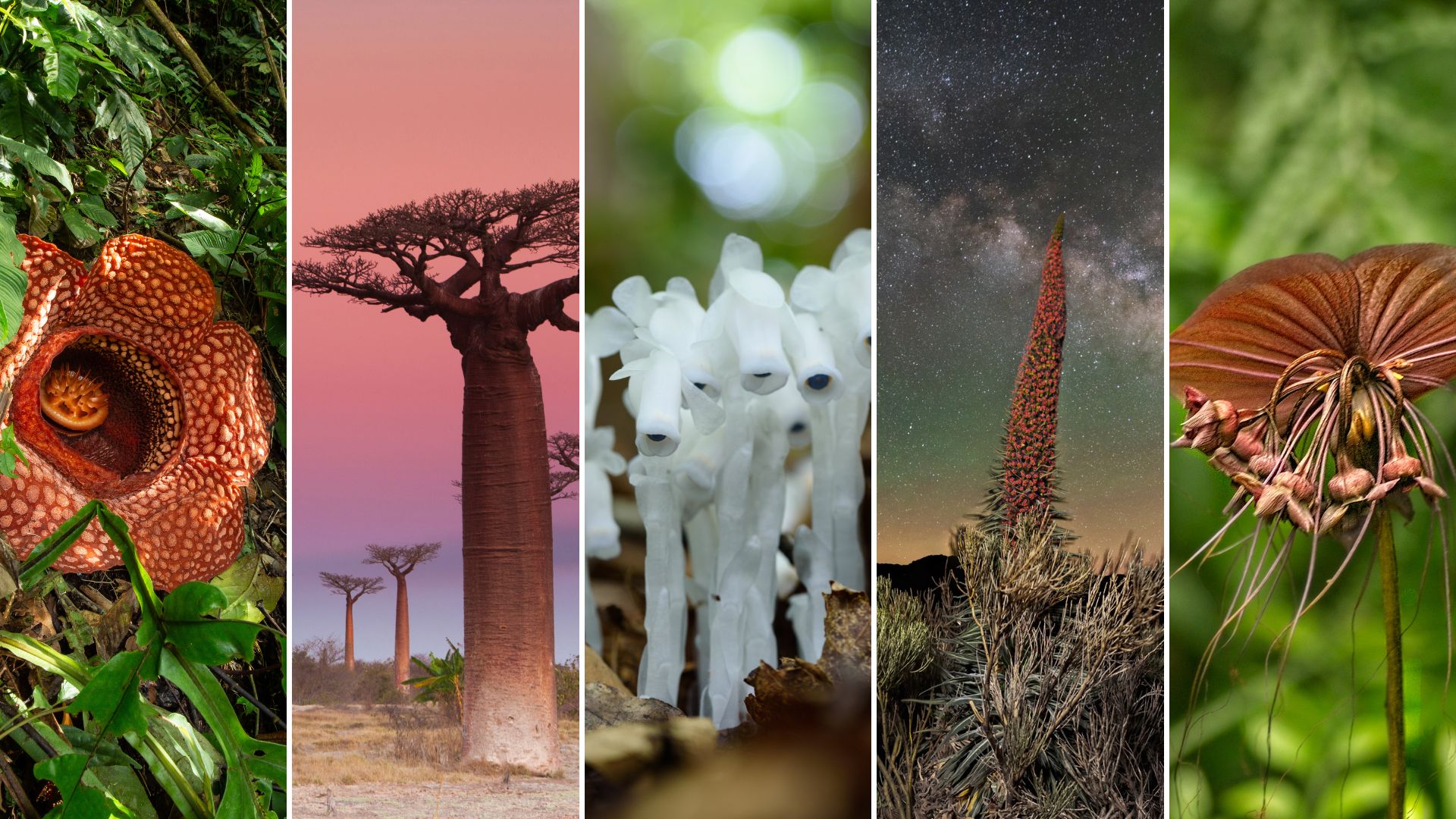

Without plants, the world would be an extremely bleak and unjoyful place. As well as providing oxygen and removing carbon dioxide from the air, plants in all forms - from colossal trees and curious-looking flowers to shrubs and bushes with striking foliage - give us unmeasurable pleasure.
Being surrounded by plants also has a calming effect on our psyche since we, as human beings, have an inherent desire to connect with nature. It’s why so many people enjoy hiking, gardening and nature-based travel.
Thankfully, there’s an amazing array of impressive plant life to inspire us across the globe. Malaysian highland forests provide sanctuary to ginormous flowers, beautiful but deadly blooms ring Sri Lankan and Indian tea plantations and dramatic trees watch over South African desert plains. With over 380,000 varieties of plants growing on our humble planet, here’s where to travel to find the most spectacular.
Where to find the world's most impressive plant life
The Caucasus for hallucinogenic atropa belladonna
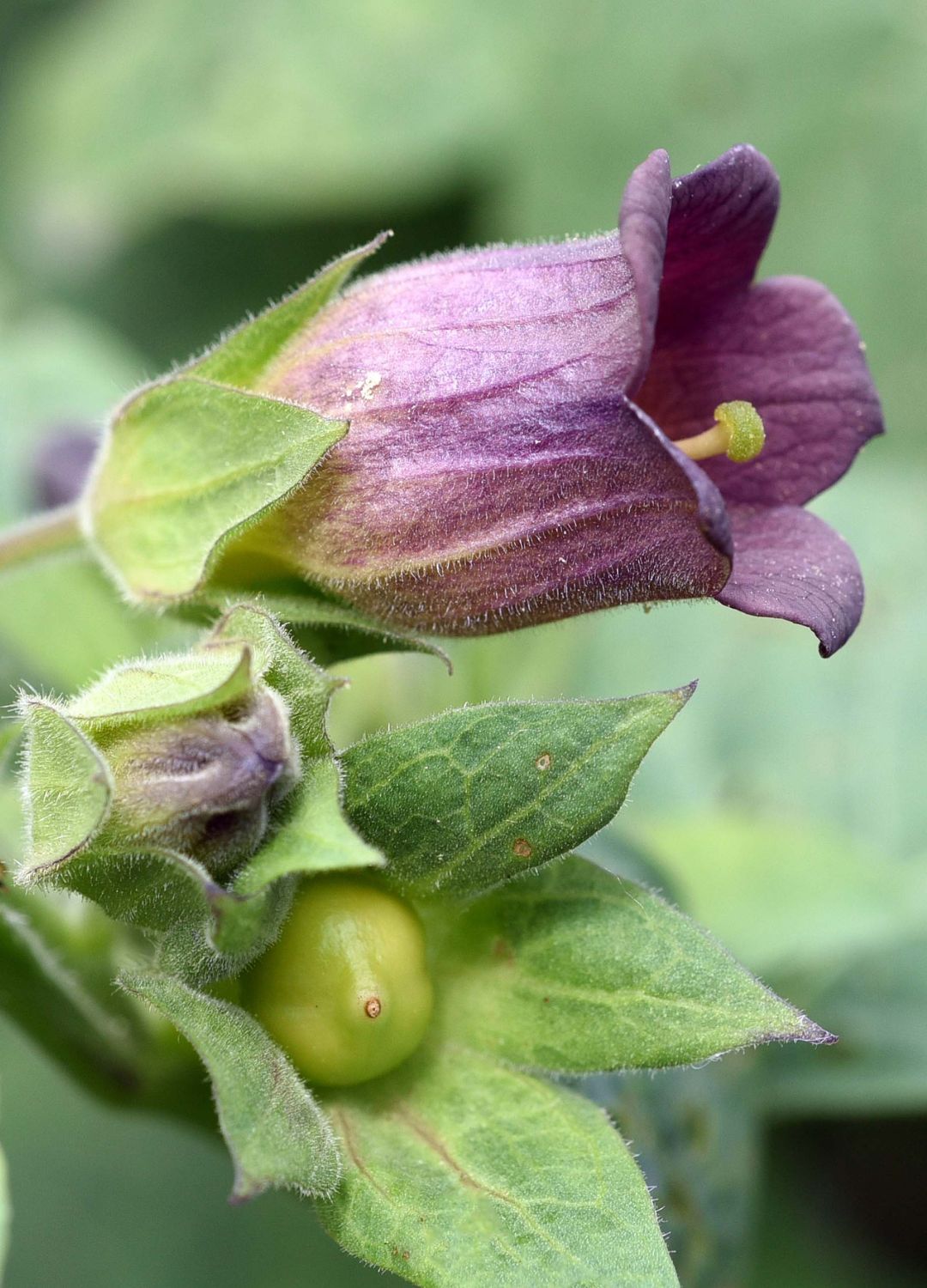
Commonly known as deadly nightshade or simply belladonna, this toxic bush with pretty bell-shaped flowers can be found in scrub and bushland across the Caucasus region that spans Armenia, Georgia, and Azerbaijan. Since the plant can cause hallucinations and even death, it’s been closely related to witchcraft, mythology and folklore for centuries. All parts of this fascinating plant are toxic to humans and it has been used to murder several Roman emperors.
The Secret World of Plants: Tales of More Than 100 Remarkable Flowers, Trees, and Seeds, £10.99 | Amazon
A timeless treasury of more than 100 stories from the incredible kingdom of plants, told by author and nature expert Ben Hoare.
Socotra for photogenic dragon’s blood trees
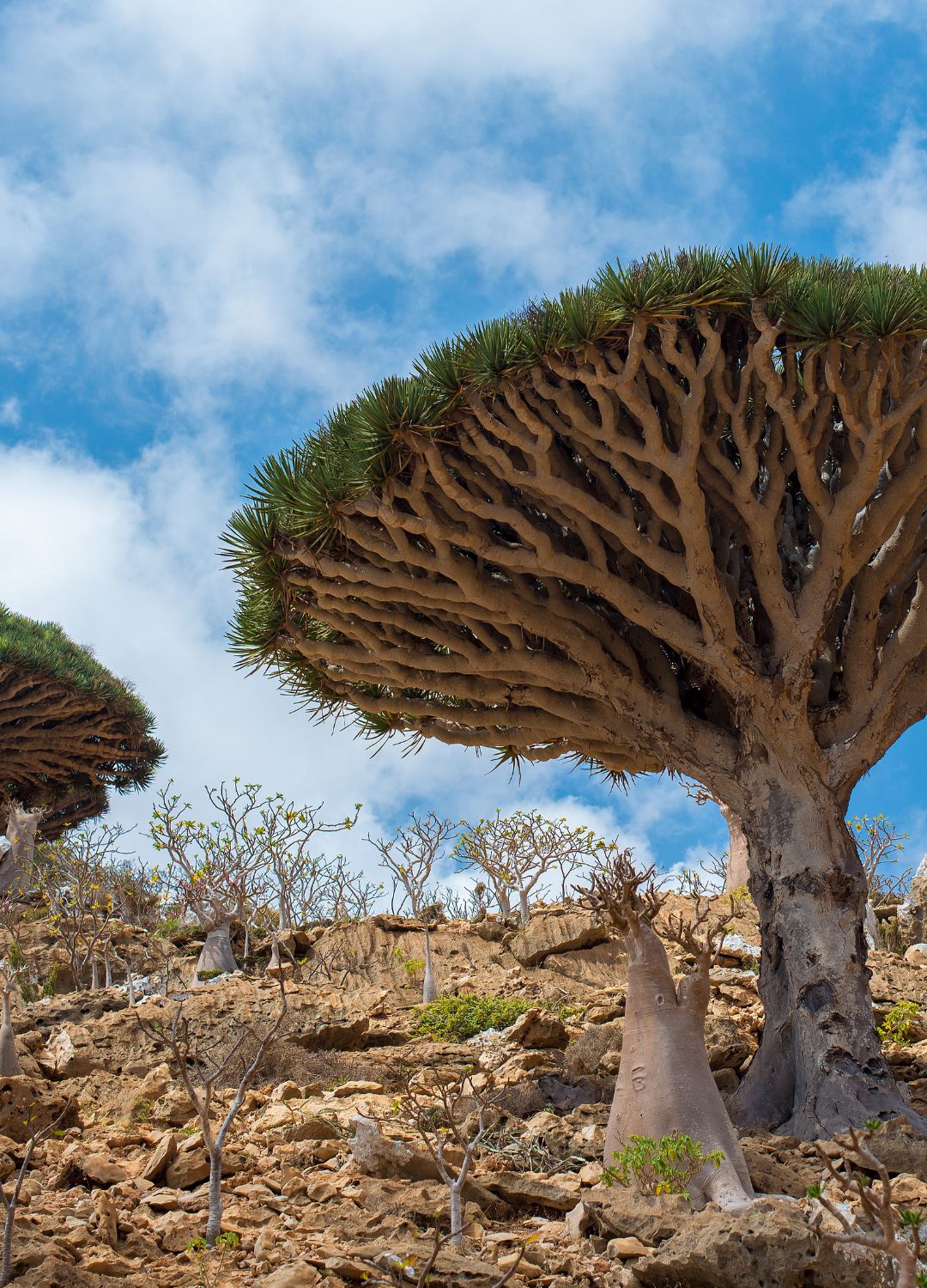
These fantastical-looking trees that grow in the Yemeni archipelago of Socotra take their name from the red sap that almost bleeds out of the colossal trunks when cut. Impressively, they can live for up to 1,000 years and the dragon’s blood resin is believed to have medicinal powers.
Malaysia’s Lojing Highlands for the world’s largest flower
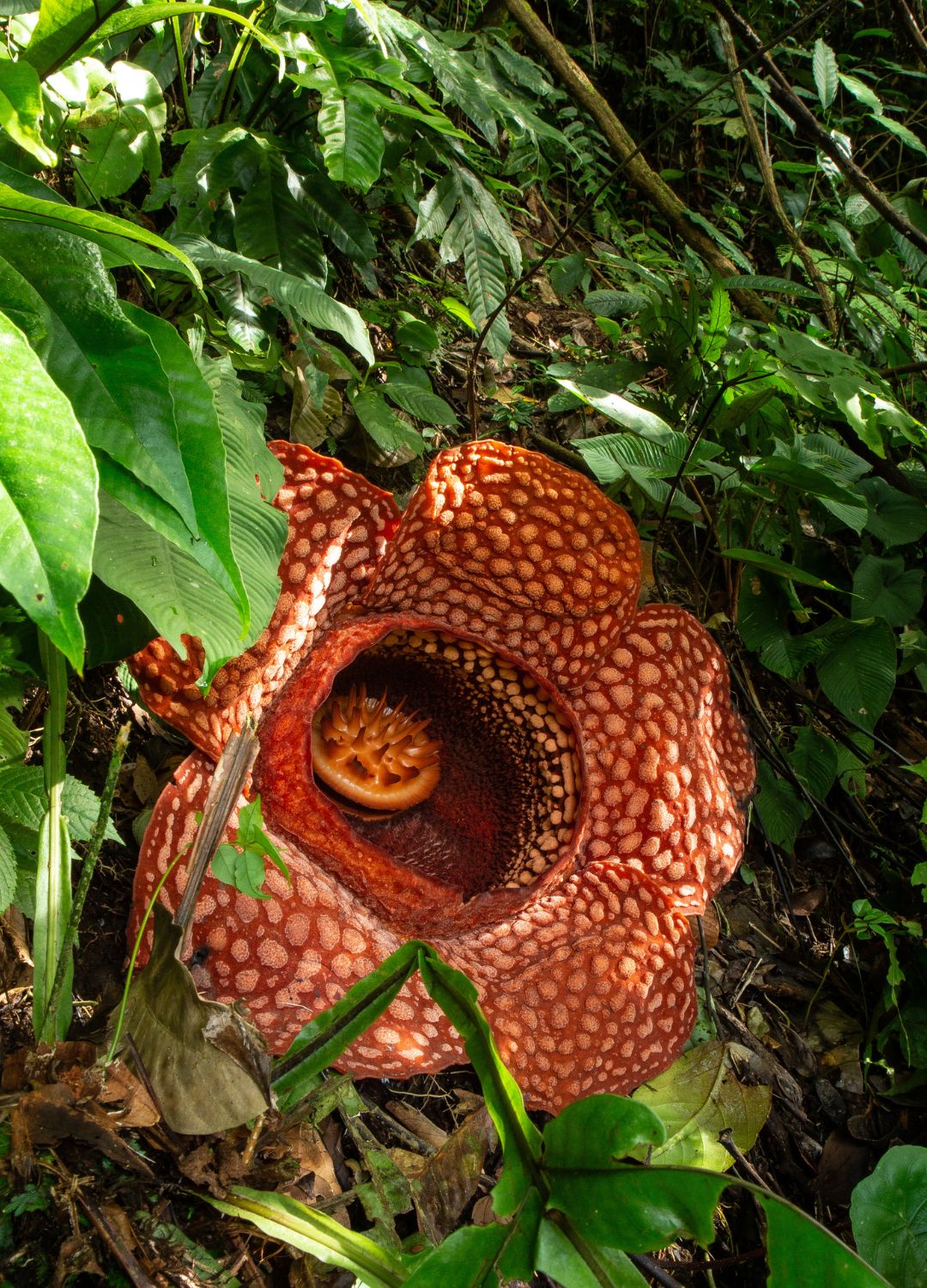
The Rafflesia is the world’s largest flower and can be found in just a few places on earth, one of which is in the Lojing Highlands of Malaysia. Deep in the tropical lush forest the intriguing flower, also known as the stinking corpse lily due to its foul odour only blooms once a year and for a few days at a time making spotting one a rare and lucky occurrence.
Hatton, Sri Lanka for the deadly but beautiful angel's trumpet

Sri Lanka’s hill country is striking in its own right due to fields upon fields of beautifully verdant tea bushes, but the addition of the pale pink, white and yellow trumpet-shaped flowers of the Brugmansia (angel's trumpet) makes the landscape even more spectacular. Highly hallucinogenic and toxic to humans even sitting underneath one of these beautiful bushes can be fatal.
Sign up for the woman&home newsletter
Sign up to our free daily email for the latest royal and entertainment news, interesting opinion, expert advice on styling and beauty trends, and no-nonsense guides to the health and wellness questions you want answered.
Madagascar for striking baobabs
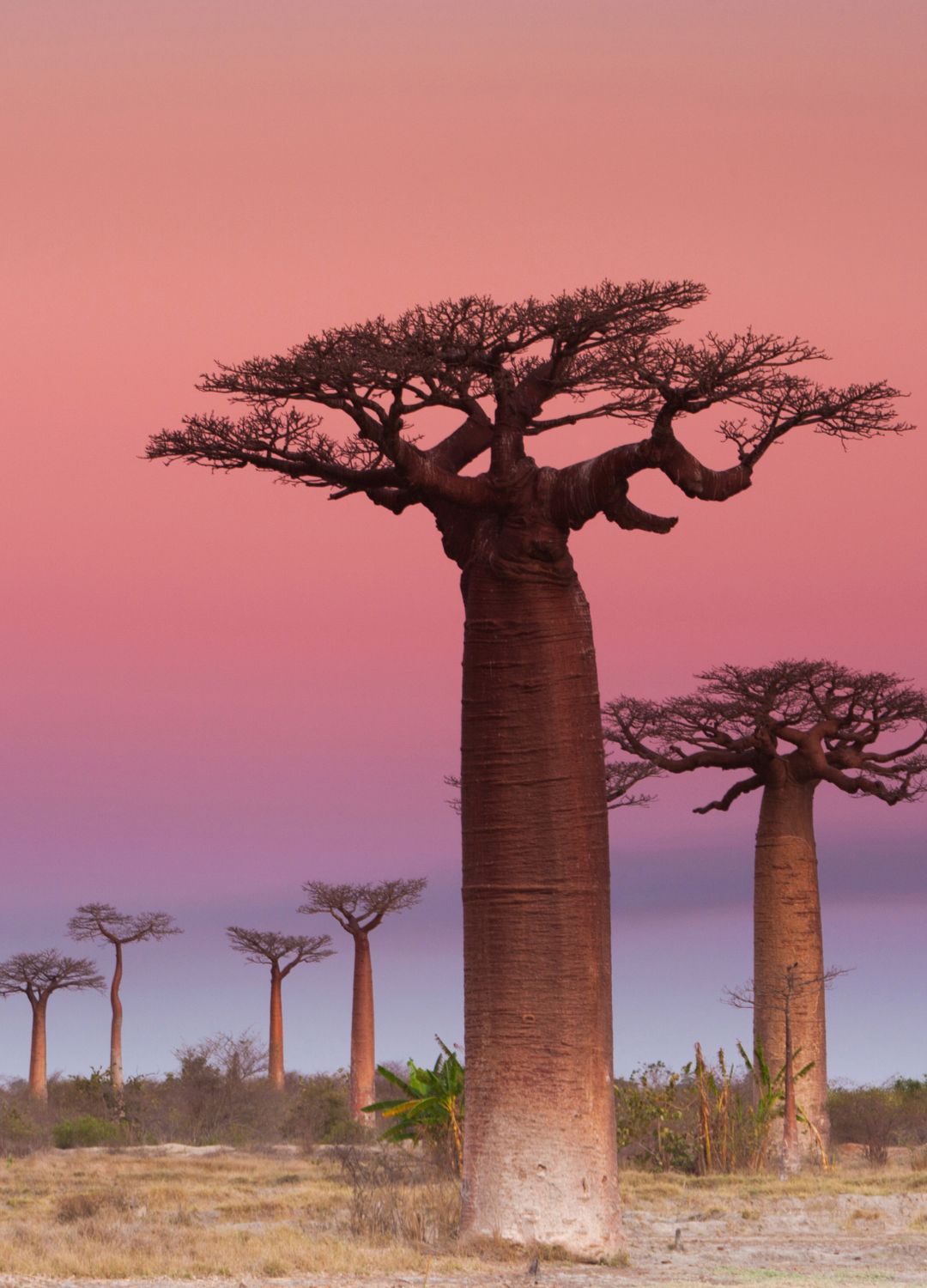
Of the nine species of baobab trees in the world, six are native to Madagascar making it a must-visit destination for nature lovers. The enormous, utterly beautiful trees have a lifespan of around 3000 years and are often referred to as upside-down trees since their branches look like roots.
Cuba for the delicate ghost orchid

Native to Cuba, this enthralling bright white orchid features pretty petals and delicate tendrils giving it a ghost-like appearance. Extremely rare and now endangered, the leafless orchid usually only produces one flower a year and can be found in swampy forest areas of Cuba, Florida, and the Bahamas.
Sumatra for curious corpse flowers

This utterly fascinating flower reaches heights of up to eight feet and sits within the same family as the Rafflesia. Like the Rafflesia, when in bloom the corpse flower emits a putrid smell that attracts insect pollinators. The spectacular plant can be found in the rainforests of Sumatra as well as in a handful of botanical gardens across the world.
The Amazon rainforest for the spiky sandbox tree
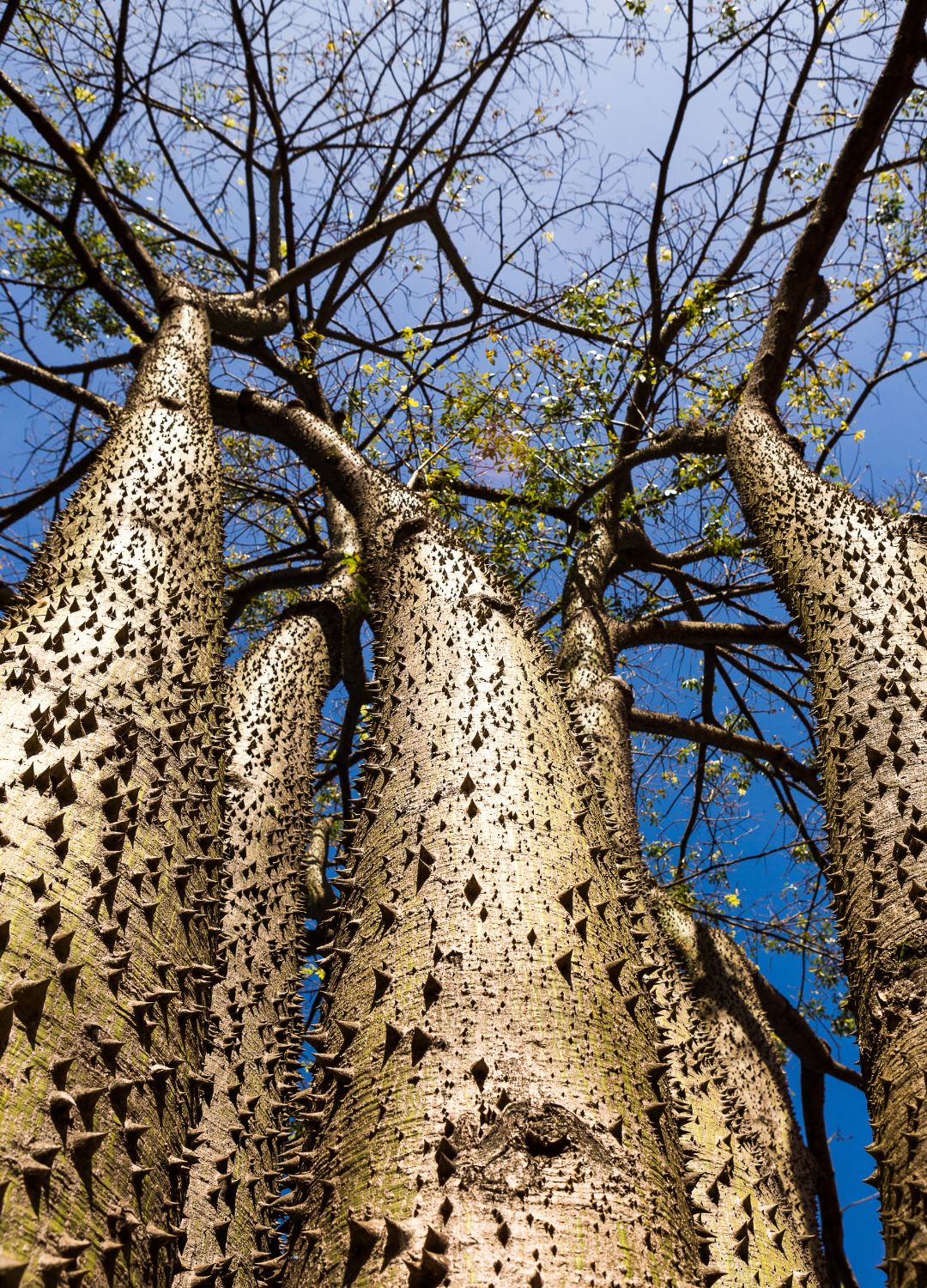
With its spiky trunk and exploding fruits, the sandbox tree sounds like something out of a fairytale, but this invasive evergreen is alive and well in the Amazon rainforest, Kenya and Tanzania. Since poisonous sap seeps out of the sharp spikes that line the tree’s trunk and the sandbox tree’s seeds contain a toxic oil, this tree is one to admire from afar.
The mountains of California for fascinating cobra lilies
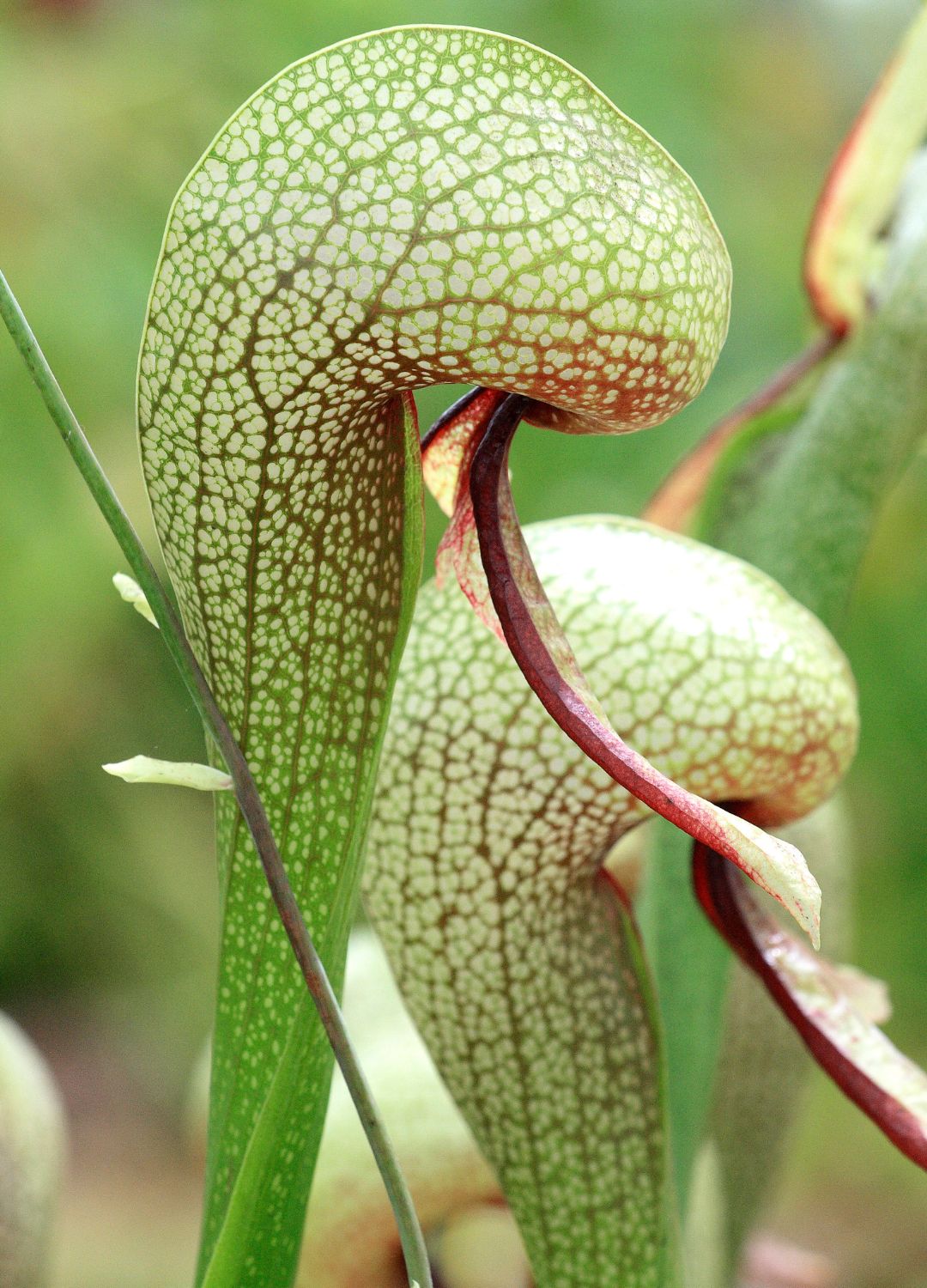
Taking its name from its hooded shape that draws similarities to a rearing cobra, the cobra lily is a carnivorous plant that catches insects in its translucent tube-like leaves. Found in moist boggy areas or near creeks, it’s also known as the California pitcher plant since it's native to Northern California.
Costa Rica’s cloud forests for bold red hot lips
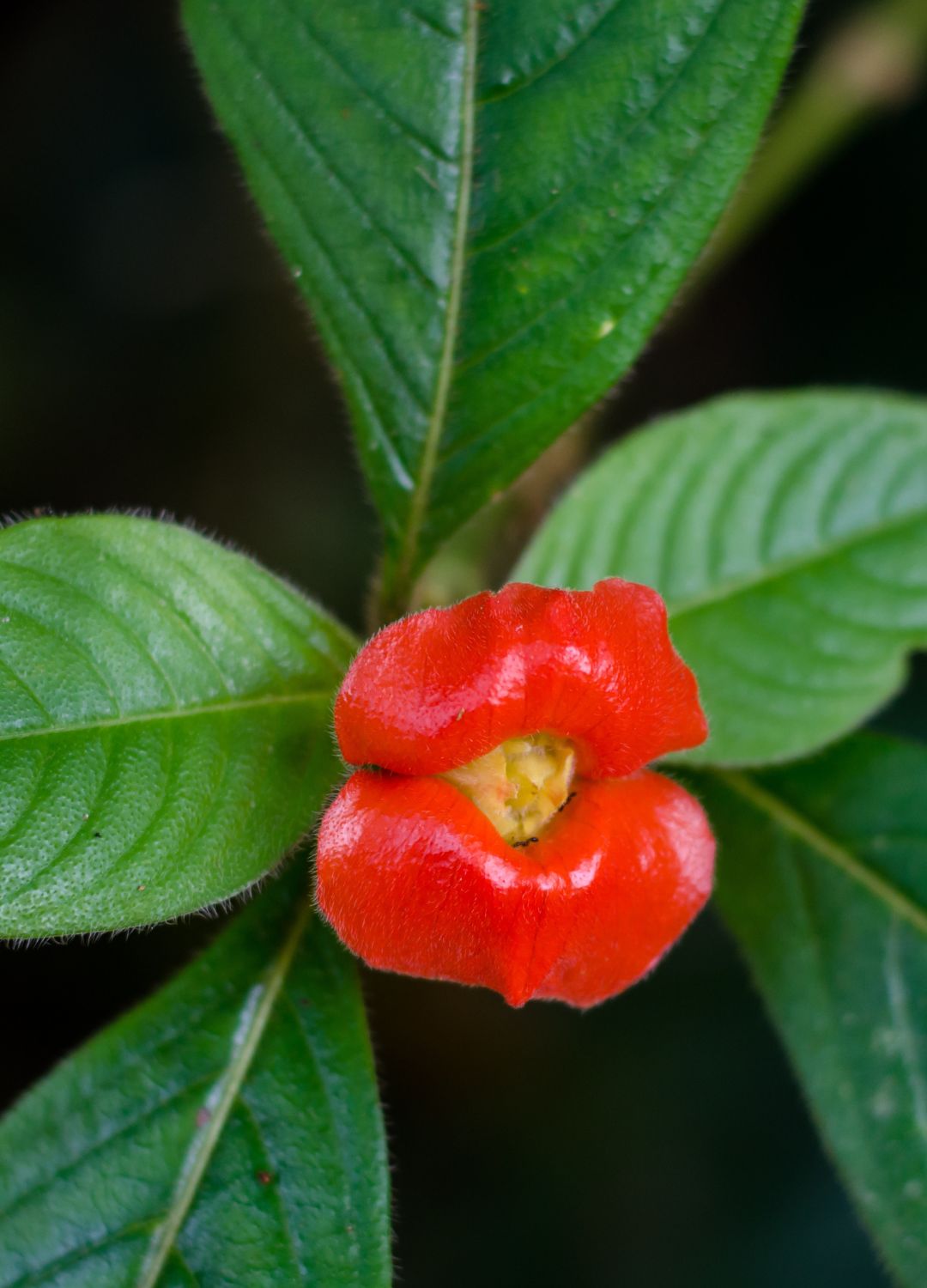
Now severely threatened, it’s still possible to see an abundance of these incredible-looking hot lips plants in the cloud forests of Costa Rica. Boasting bright red leaves that look exactly like a pair of painted lips, this eye-catching plant attracts hummingbirds and insects in areas near Monteverde and Santa Elena.
Sri Lanka and India for stunningly beautiful ash plantain trees
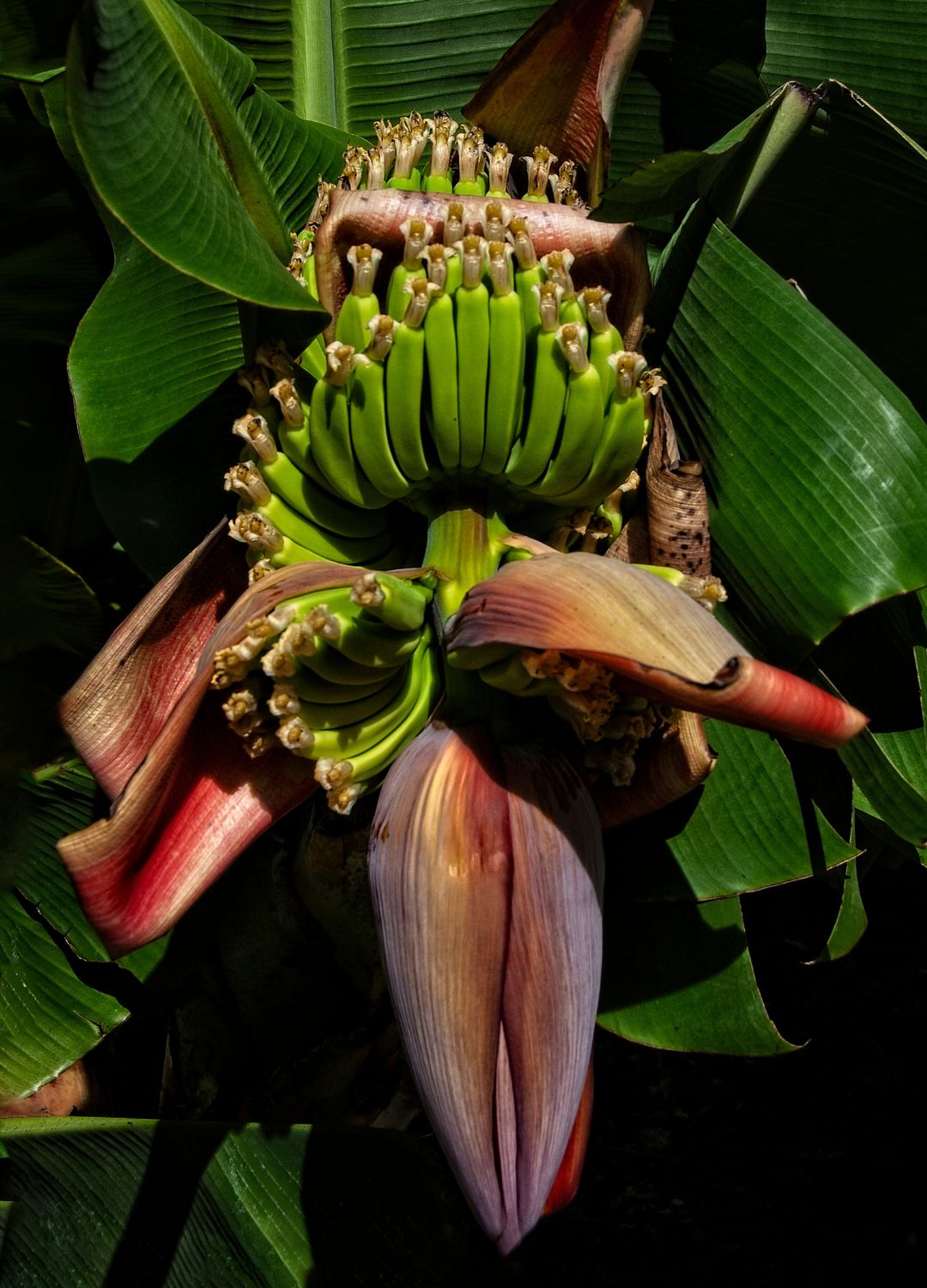
The most striking parts of the ash plantain tree are the gorgeous stubby green plantain fruits and the beautiful maroon and burgundy coloured banana blossom. Used in curries throughout Sri Lanka and southern India the fruits are similar to regular bananas but less sweet and with a more fibrous texture.
Candian forests for the bizarre white baneberry
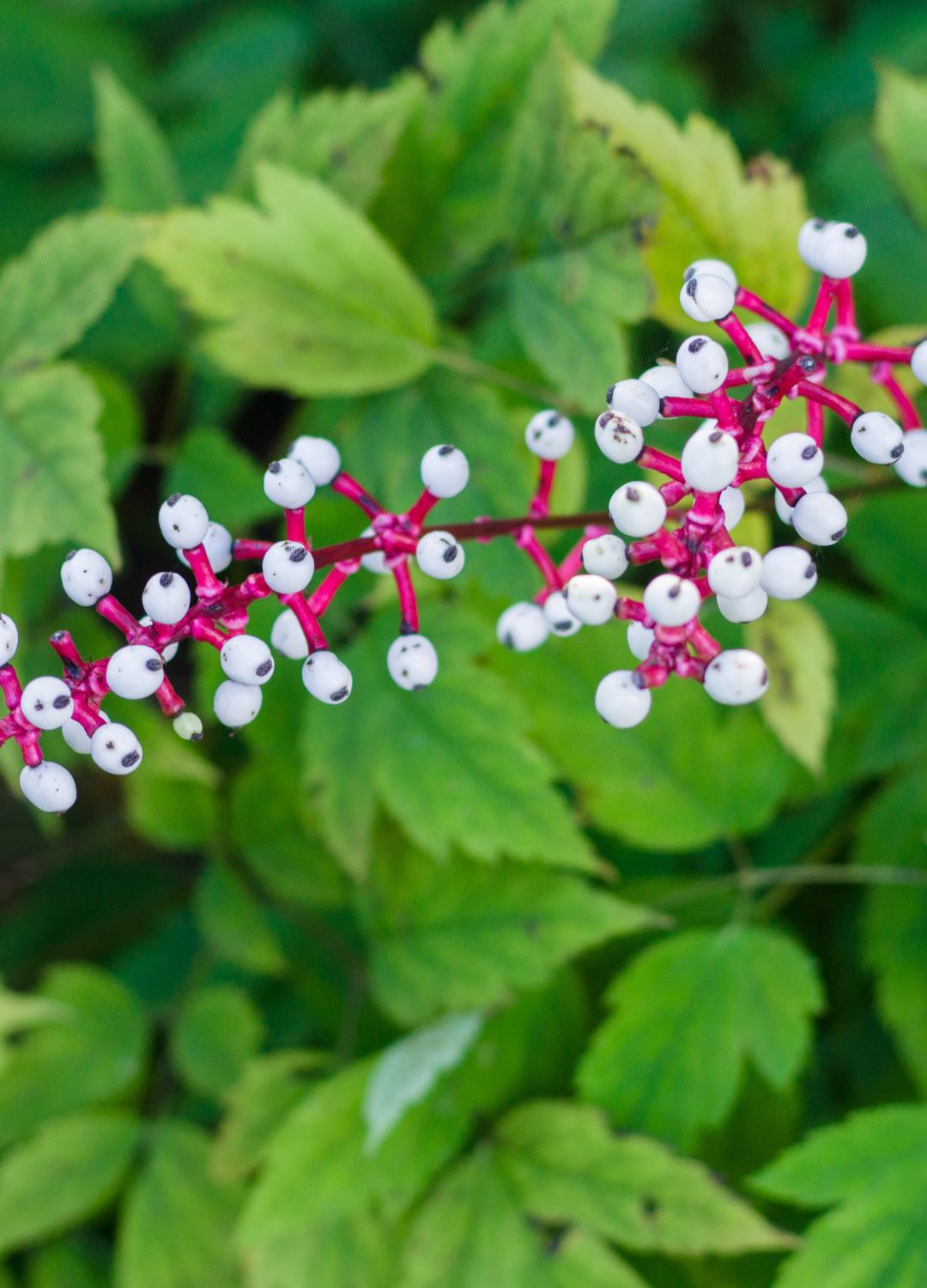
When it produces berries this flowering plant looks like it is covered with hundreds of shiny white doll’s eyes, hence its nickname, doll’s eyes bush. Native to Eastern Canada, in particular forest-covered areas, the plants and berries are extremely toxic to humans.
South Africa for living stone plants
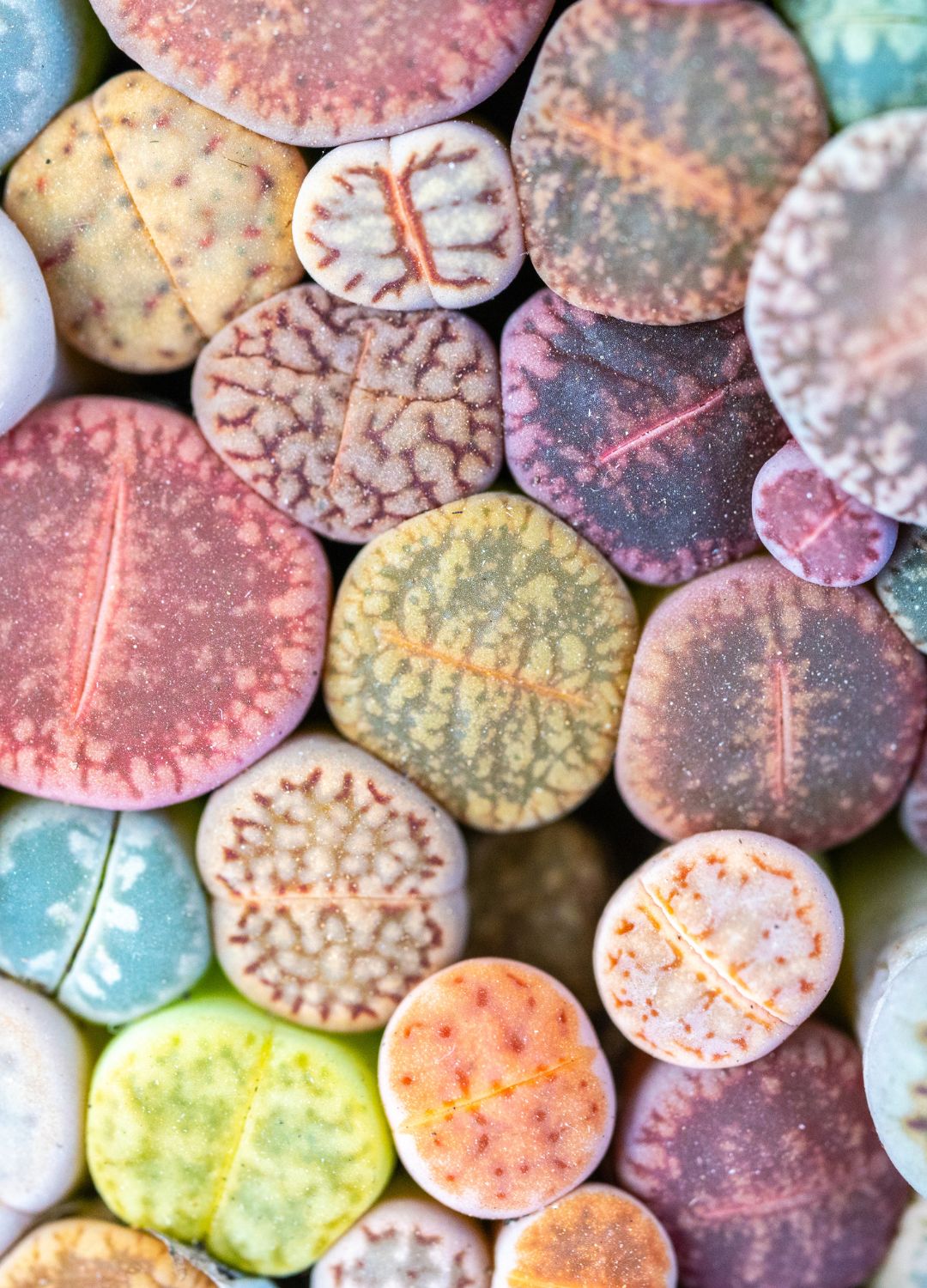
These unusual succulents that resemble pebbles and stones can be found in abundance throughout South Africa, where they thrive in the country’s dry regions blending in with the surroundings to avoid being eaten. There are more than 140 varieties of living stone plants including pinkish-grey coloured leaves and marbled patterned varieties.
Western Argentina for monkey puzzle trees
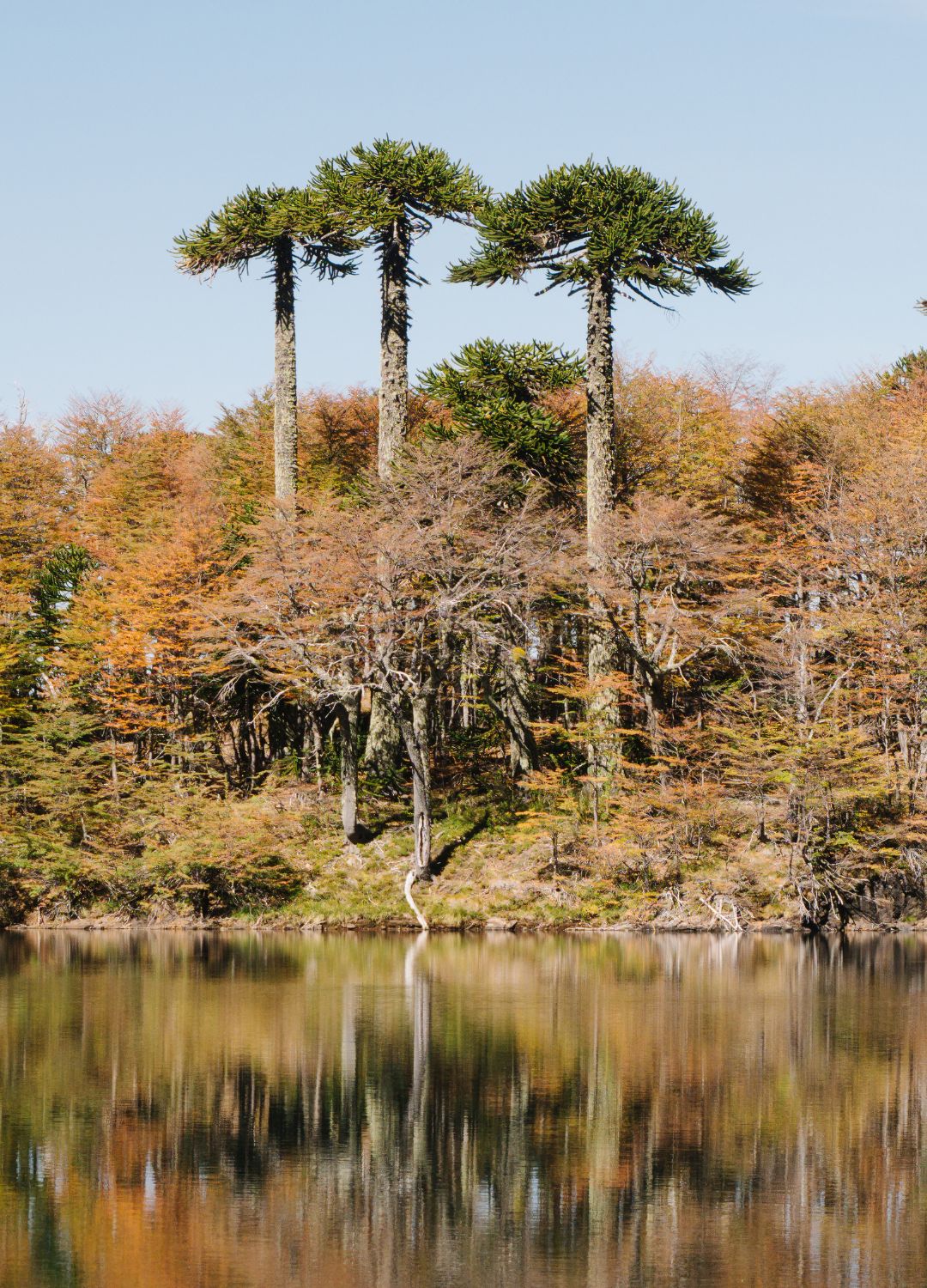
Native to Argentina and Chile, the beautiful monkey puzzle tree features snaking arms of extremely spiky thick scale-like leaves but is now endangered because of logging. Amazingly, the monkey puzzle tree has been around since the time of the dinosaurs, surviving for so long due to its fire-resistant bark and spiny trunk and leaves that keep grazing animals at bay.
Belize for mysterious black orchids
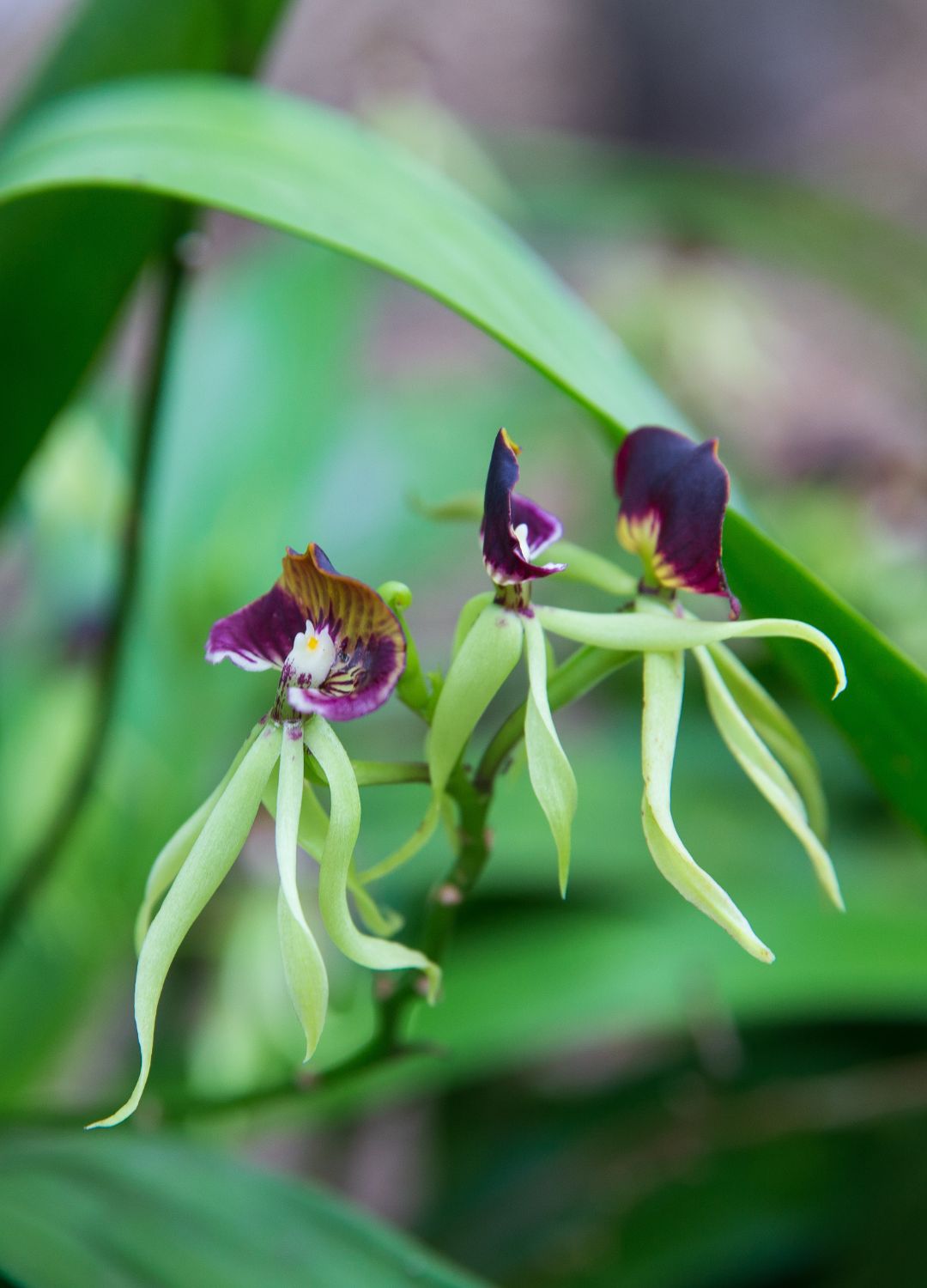
As the national flower of Belize, the black orchid is something of a treasured bloom. Found in the rainforest areas of the country it’s becoming less and less common due to environmental changes. Flowering around April and May each year the plant's spiralling petals and deep purple-coloured head resemble an octopus.
Sri Lanka for the sensitive mimosa pudica
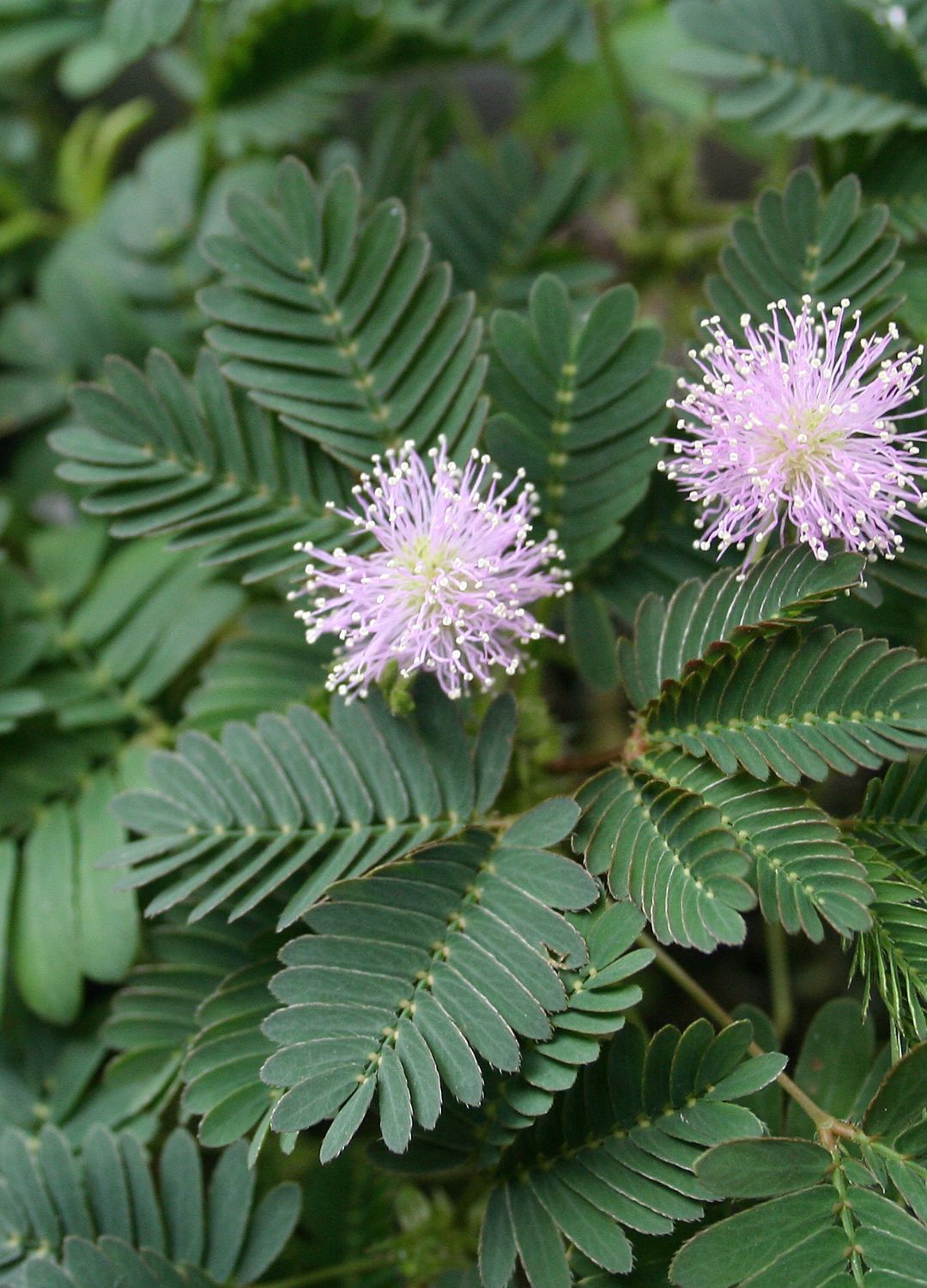
Sometimes called shameplant, the curious mimosa pudica has delicate leaves that droop and fold inwards when touched only to reopen a few minutes later. Technically a herb, it’s used widely in Ayurveda since it possesses endless properties including antibacterial, anticonvulsant, and antidepressant.
Mexico for eerie ghost plants

These bizarre waxy white plants bear just a single incredibly beautiful flower and are toxic to humans. Found mostly in shady, forested areas, the ghost plant looks almost like a fungus but it is, in fact, a perennial plant that lacks chlorophyll, hence its white and eerie appearance.
Indonesia for incredible rainbow eucalyptuses
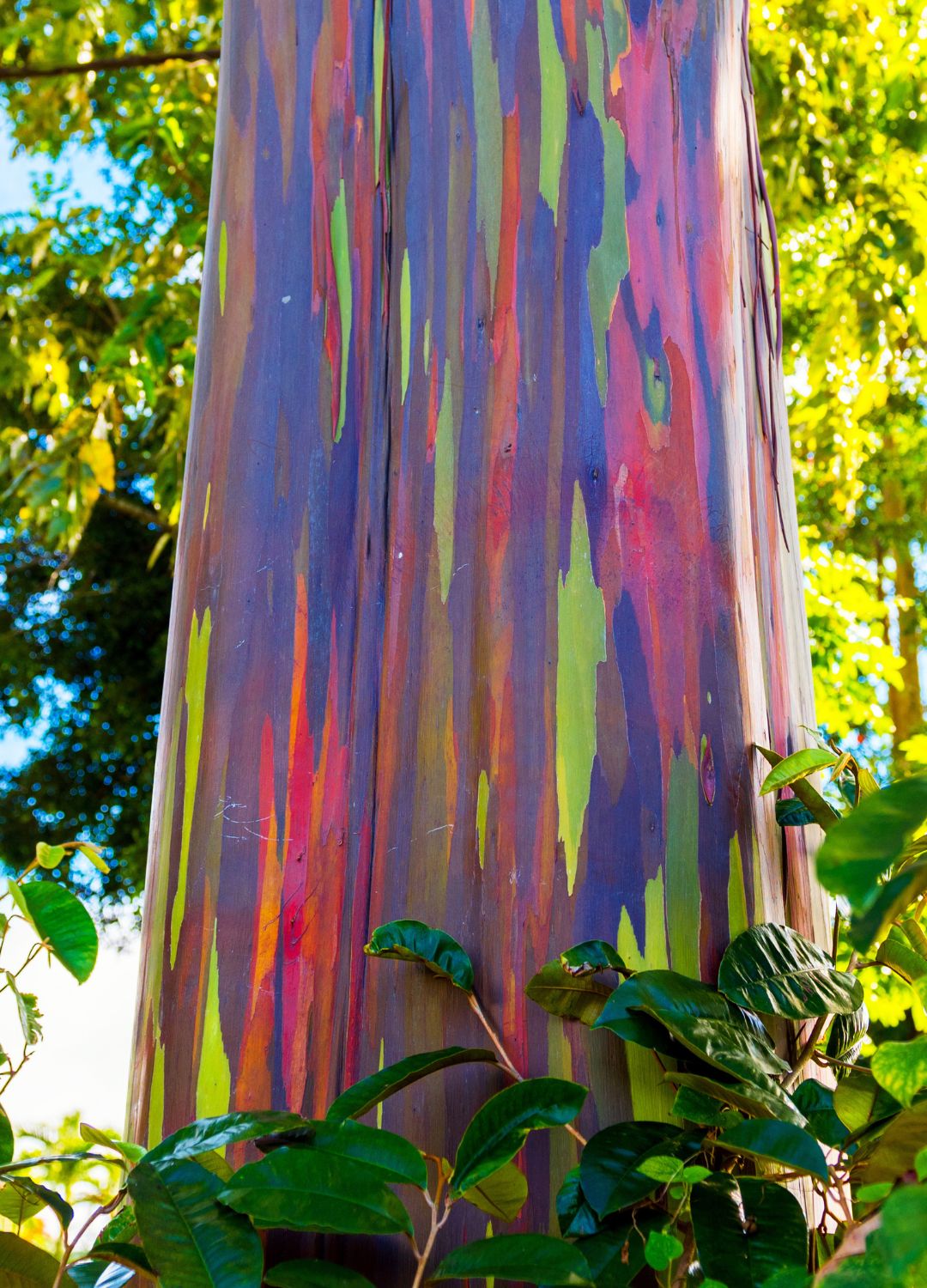
Perhaps one of the most stunning trees on the planet, the rainbow eucalyptus almost doesn’t seem real with its plethora of bark shades from bright green and purple to orange and vibrant blue. Medicinal and beautiful the rainbow eucalyptus can be found in parts of Indonesia but it’s now listed as a vulnerable species due to climate change and logging.
Gryfino, West Poland for a bizarre crooked forest
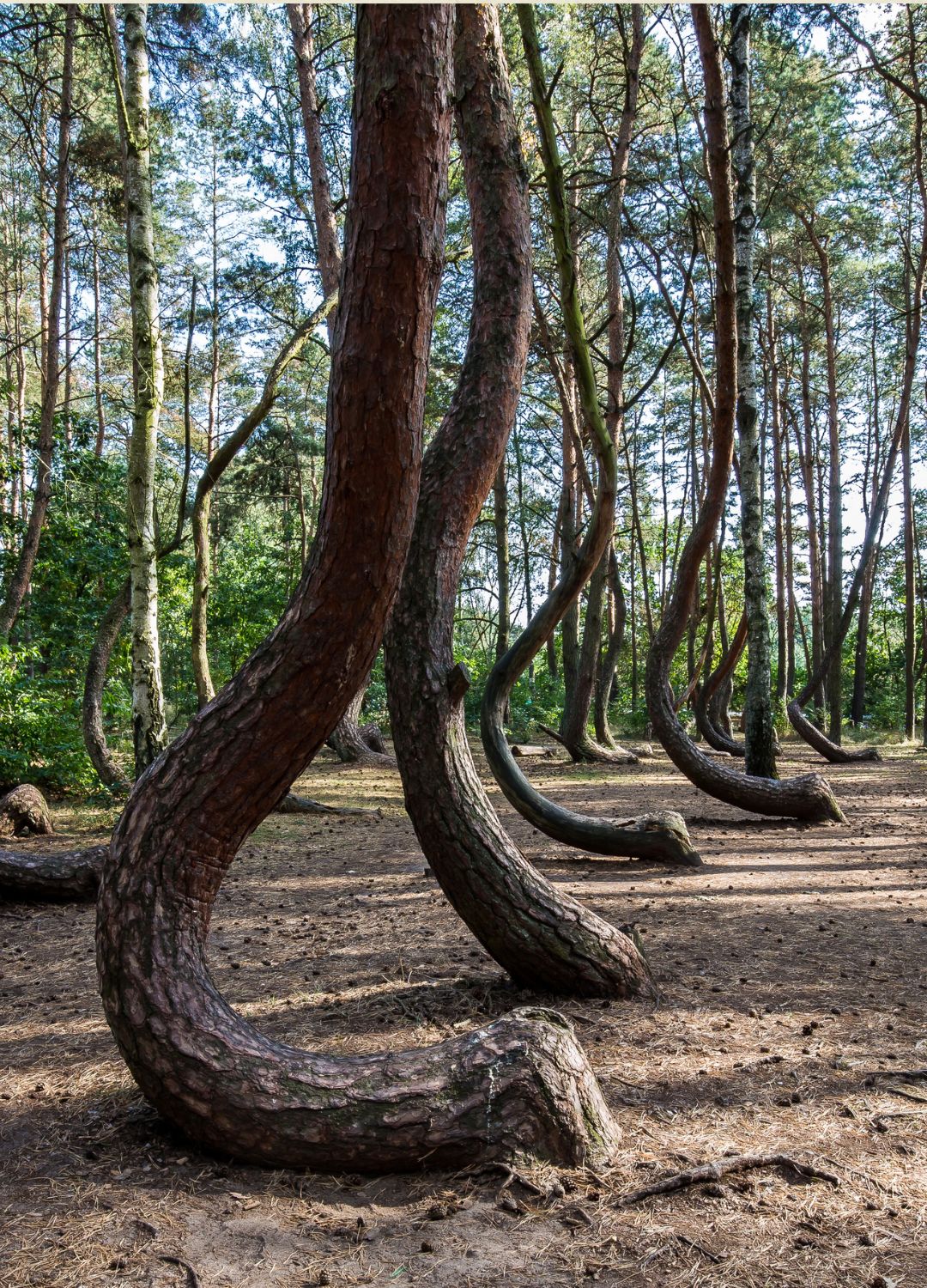
The Scots pine trees of Gryfino provide a wonderful sight to behold since their trunks are bent out of shape, creating a totally surreal crooked forest. Now a natural protected monument of Poland, how the trees got their odd bends remains a mystery. While some speculate human intervention was used, others believe the bends are down to a snowstorm but it looks like we’ll never know the real story behind the crooked forest of Gryfino.
New Zealand for the invasive cape sundew

With a multitude of showy pink flowers stacked on bright green stems, the fast-growing cape sundew looks almost like a pot of bright green snakes rearing up from the ground. Native to South Africa, the plant now grows in abundance in New Zealand where its tendrils are coated with glistening dew-drops to capture small insects.
South Africa for the protea flower

Fascinating and beautiful, the protea flower represents hope and change since it can regenerate itself after being damaged in wildfires or drought. With a large red-pink head, the majority of proteas flower in spring in a mountainous coastal stretch of South Africa.
Ecuador for Dracula orchids
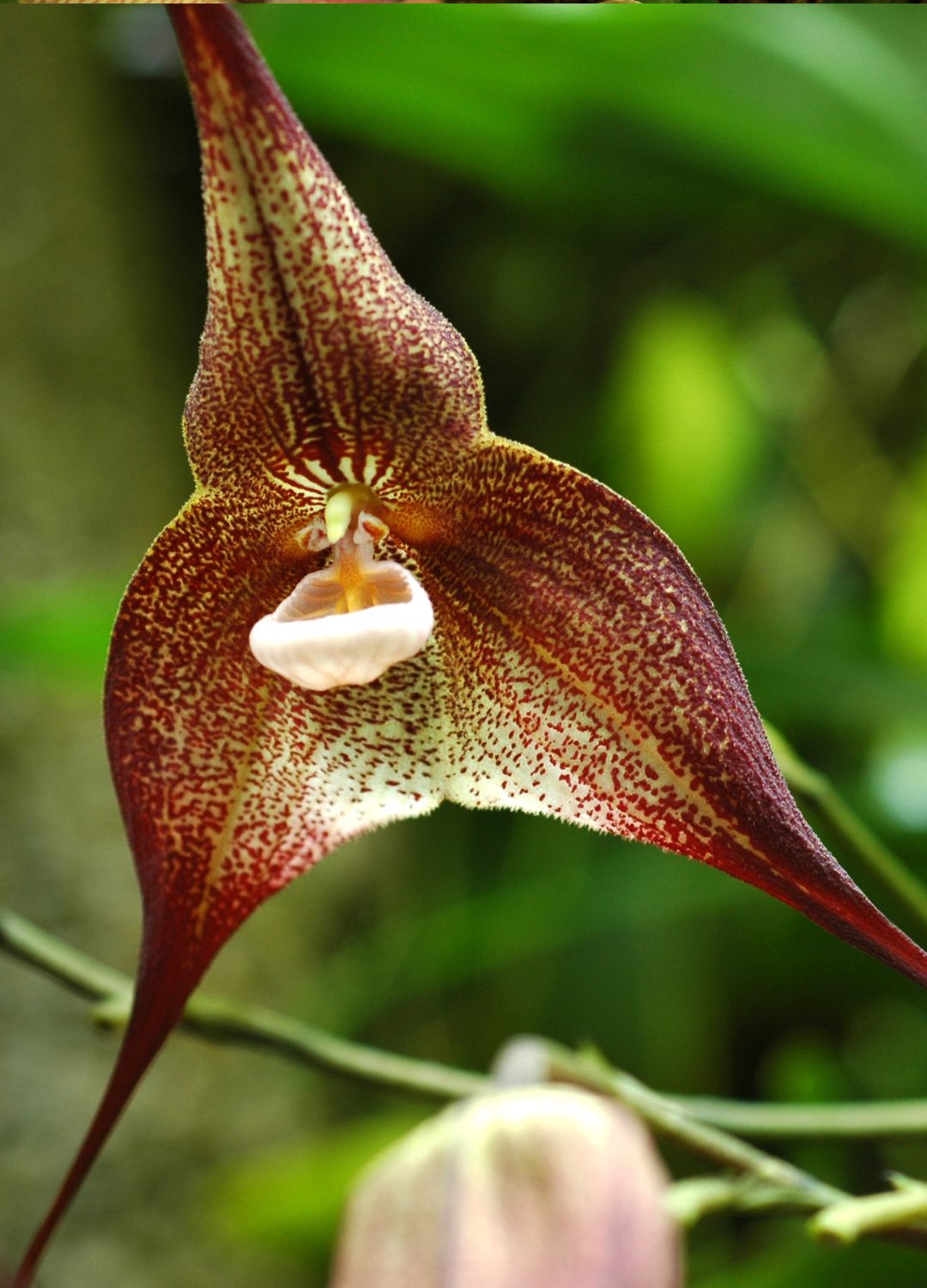
With 118 species native to Central and South America, the dracula orchid is one of the most fascinating flowers to grace the earth. The biodiverse Chocó-Tumbes forest in northwestern Ecuador is full of rare and beautiful orchids including an abundance of Dracula orchids that grow on tree roots and bark. Unfortunately, the region is also popular with illegal logging and harvesting meaning these incredible plants are at risk of extinction.
Tanzania for the unreal-looking carrion plant
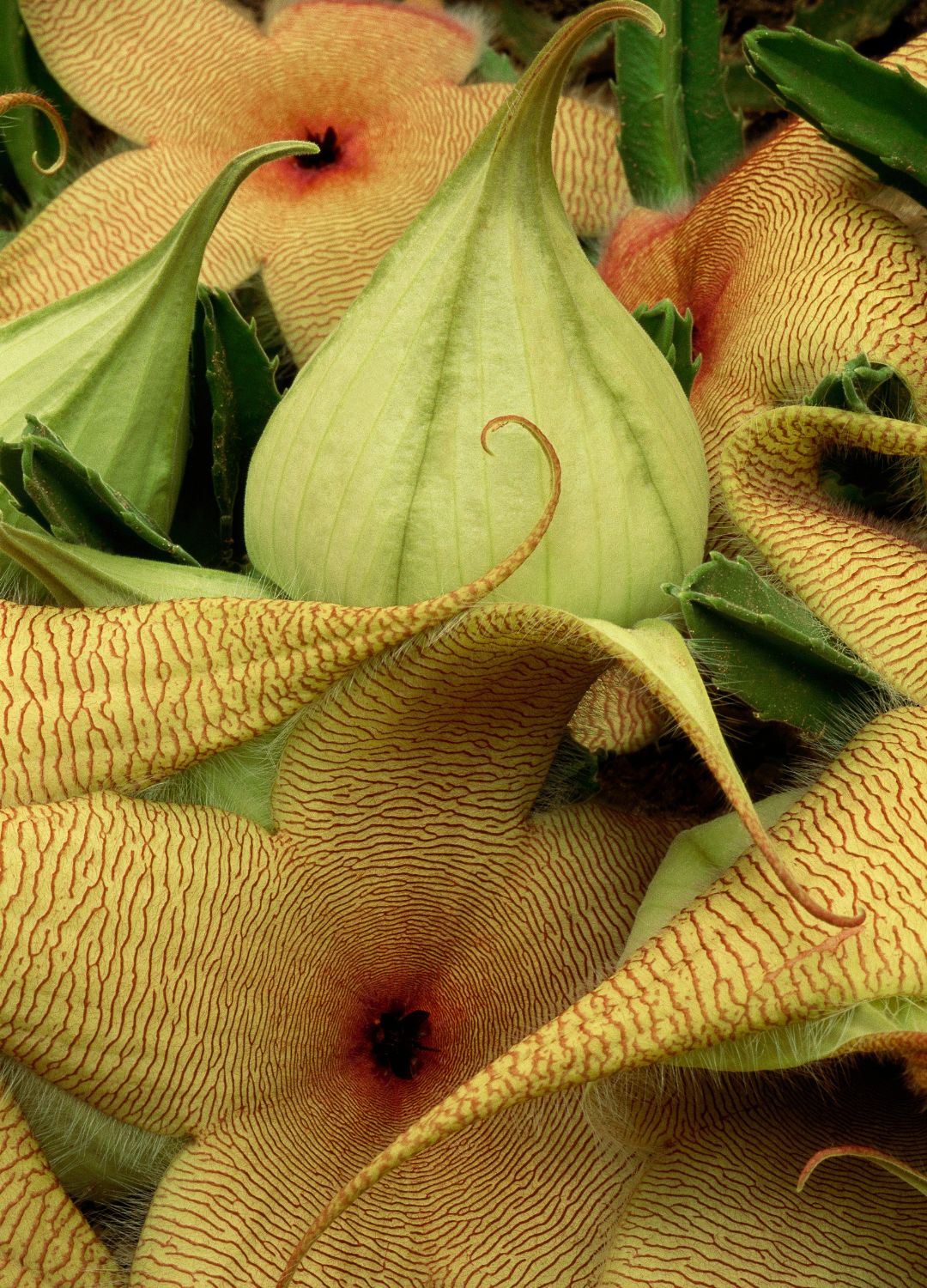
The carrion plant features the most wonderful large star-shaped flower that almost looks like it’s been knitted due to its fuzzy texture. The red and white striped blooms have a stunning silky texture yet emit the scent of rotting flesh to attract flies which pollinate them. While the plants grow in the wild in Tanzania it’s possible to grow carrions as house plants in warm climates.
Romania for snakes head chess flowers

These delicately pretty flowers feature a scale-like pattern that in turn resembles pink and purple snake heads. Found in the grasslands and meadows of Romania, the striking plants also fare well in UK gardens, flowering from March to May each year.
The forests of Korea for devil’s tooth fungi

The hideous-looking devil’s tooth fungi has been spotted in Korea and Iran as well as various spots in North America, where it’s known by a range of names including, strawberries and cream and the bleeding tooth fungus. While it is a fungus rather than a plant, the devil's tooth is too incredible-looking not to be included in this roundup. According to myths and legends, if one of these beauties pops up near your home it’s a bad omen, and we’re not surprised since it ‘bleeds’ a bright red sap that looks like blood.
Malaysia for extraterrestrial-looking tacca chantrieri
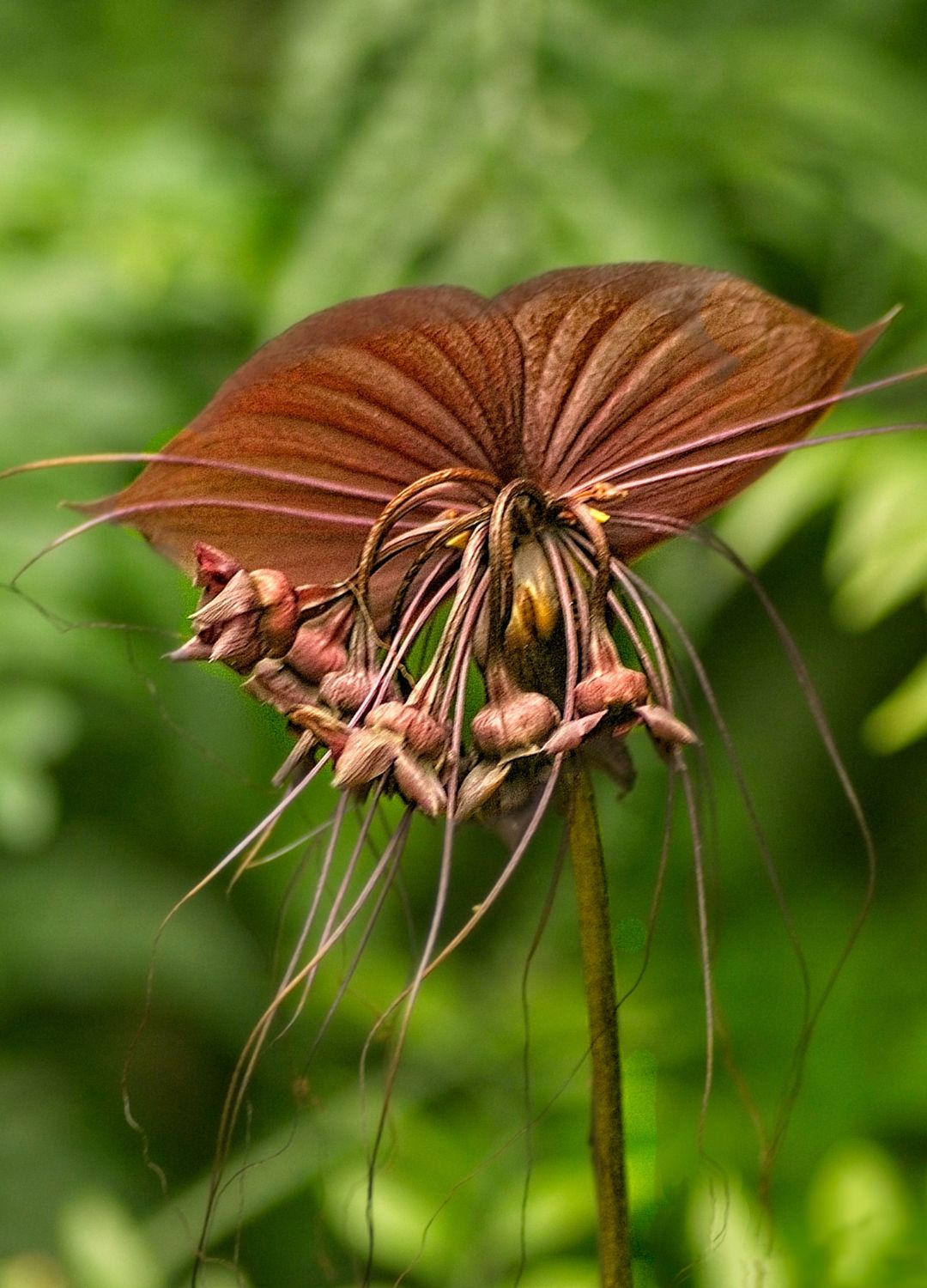
Commonly used in traditional Chinese medicine, the incredible tacca chantrieri, also known as the black bat flower, has an impressive shiny black flower with what looks like delicate whiskers. Found in humid and tropical regions of southeast Asia, the flower symbolizes rebirth and its leaves are commonly used in curries throughout Thailand and Malaysia.
Canary Islands for the striking tajinaste
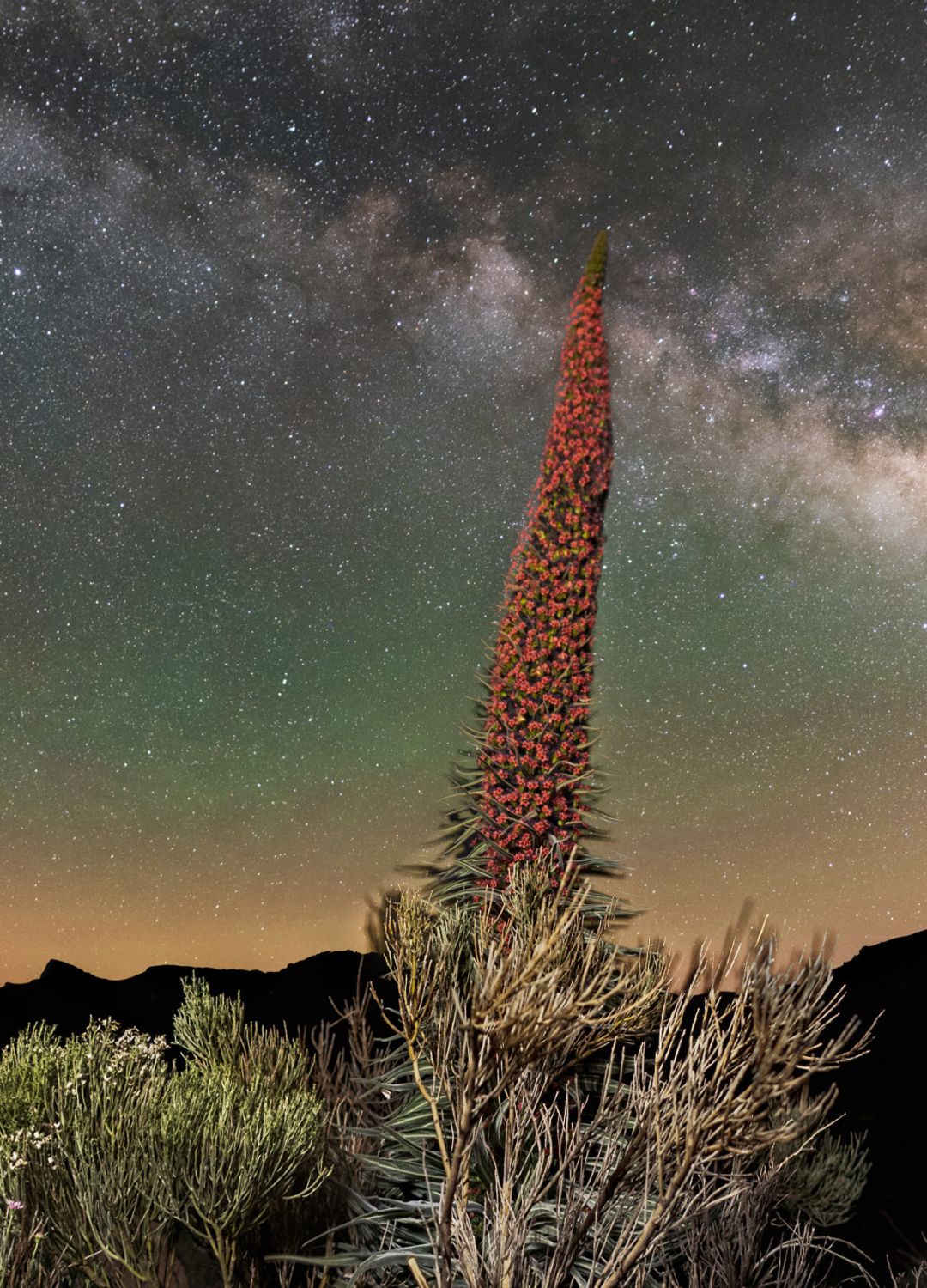
To witness the poker-esque bold blooms of the tajinaste at their best, head to the Canary Islands in summer when the biennial plant is in full bloom. Found mostly in Tenerife’s Mount Teide National Park, you can’t miss the striking red flowers since they grow up to three meters tall.
India for lotus flowers

As the national flower of India, the sacred lotus is beloved across the country and many others in South Asia due to its sacred religious significance in Hinduism and Buddhism. Often viewed as a symbol of purity, strength, resilience, and rebirth, the perfect flowers that grow in a variety of shades appear to almost magically float on the surface of lakes, ponds, and rivers across India and Sri Lanka.
Galápagos Islands for lava cactus
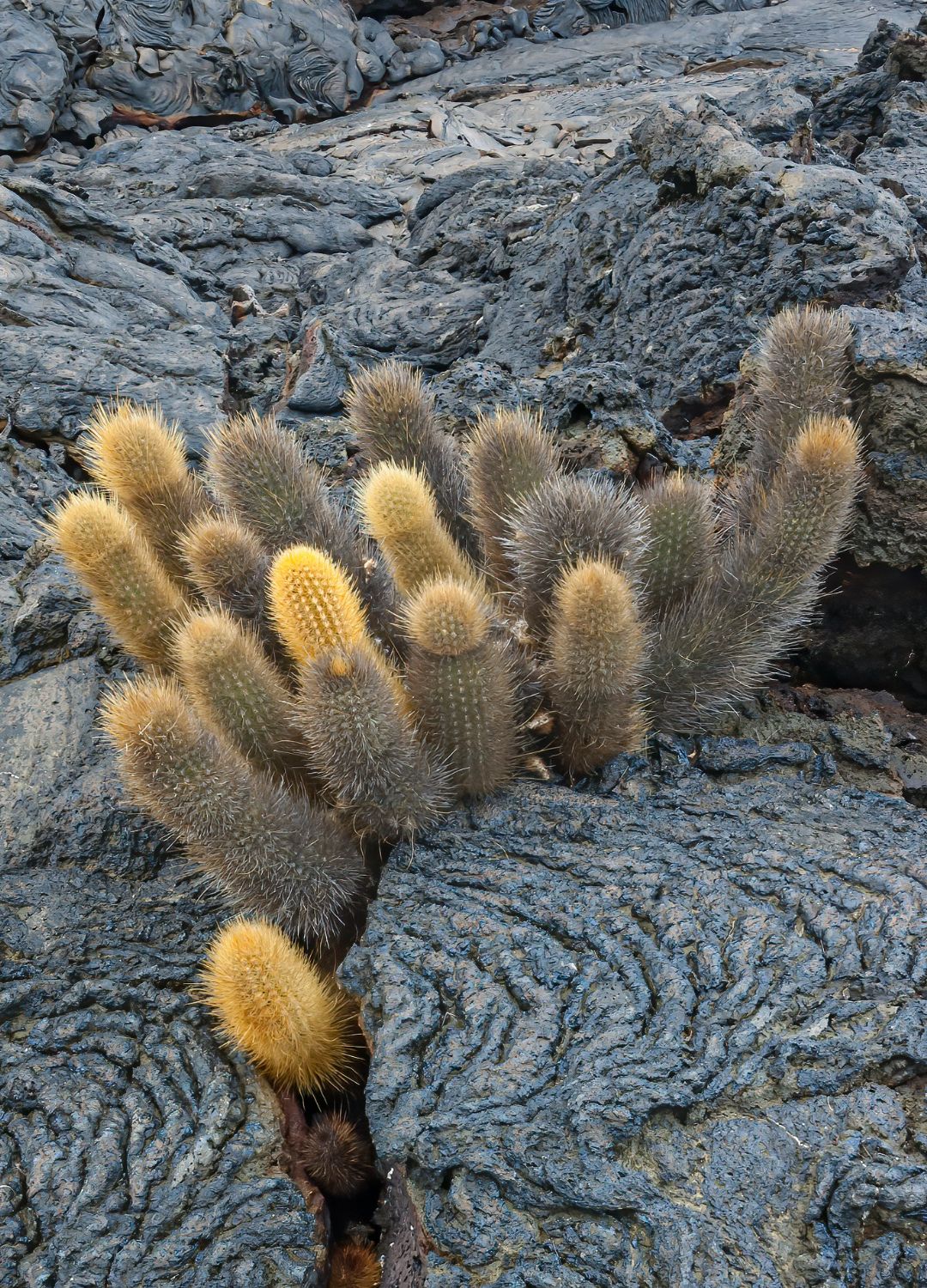
Well-adapted to arid environments the fascinating lava cactus and its spiny thick arms almost look like coral out of the water. Found only on a few of the islands in the Galápagos they can survive in extremely high temperatures and rarely need water to survive.
Mount Tambuyukon, Malaysian Borneo for splendid pitcher plants
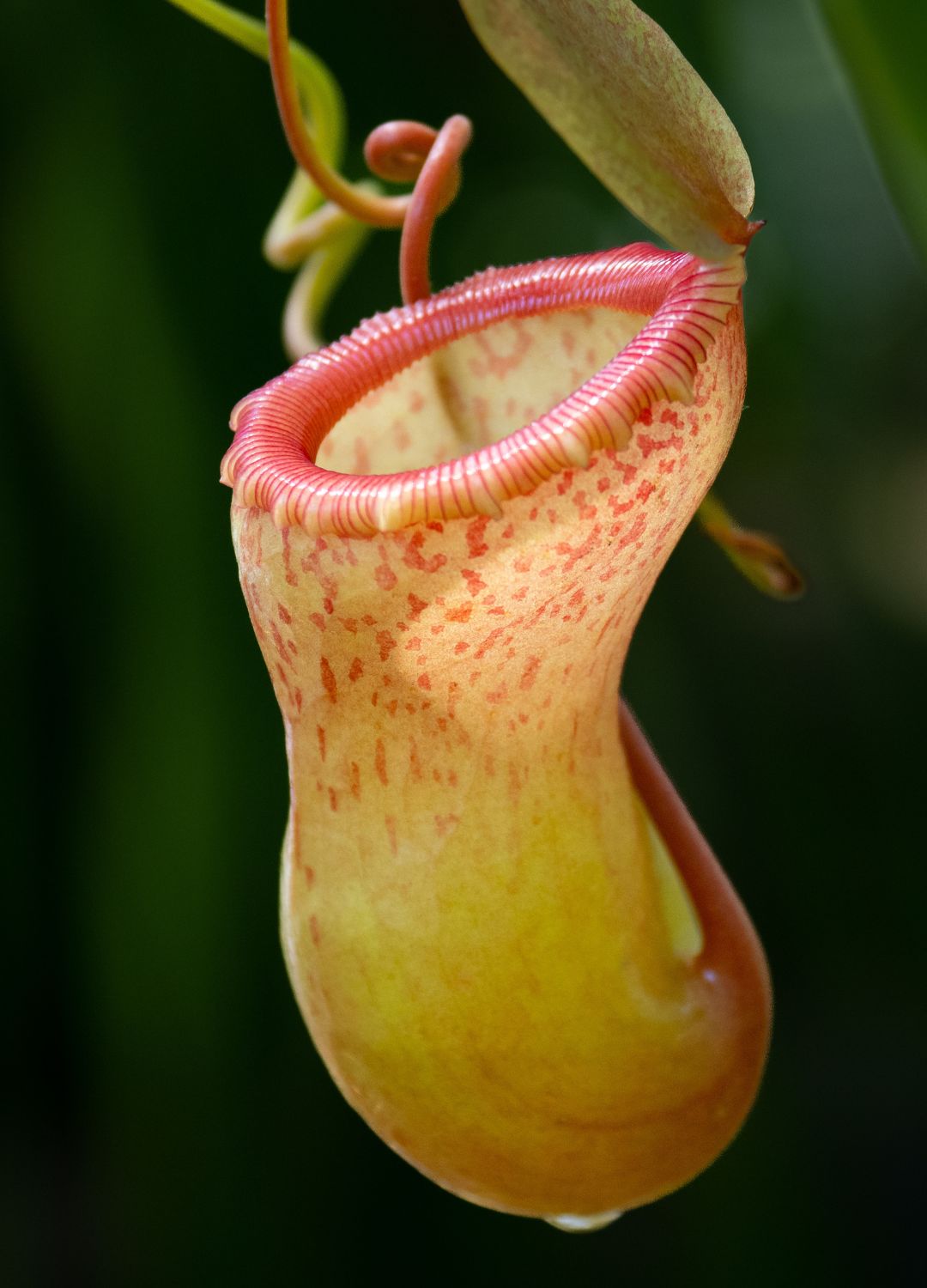
This splendid-looking carnivorous plant found in the Mount Tambuyukon area of Malaysian Borneo traps insects and small bugs in its bulbous deep-red tube. Some species grow to such a large size with pitchers so huge that it’s been said small monkeys have even got trapped inside them.
Yunnan, China for hermit's spittoon
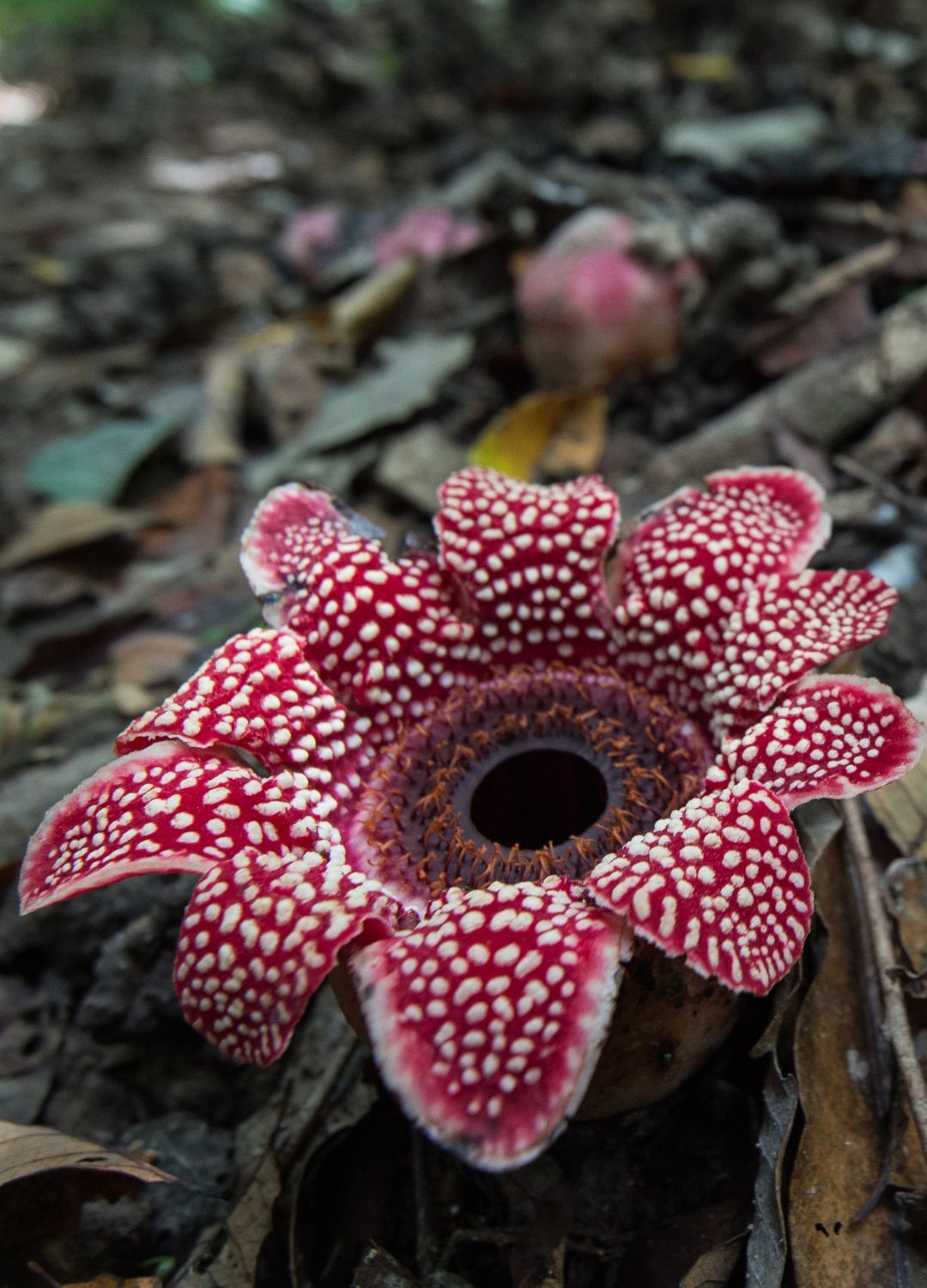
Related to Rafflesia, the world’s largest flower, the bright red hermit's spittoon looks similar but is smaller in scale and appears to be covered in bright yellow spots. Flowers last only for a couple of days, blooming between December and February in the Yuman province of China and the Eastern Himalayas.
Namibia for hydnora africana
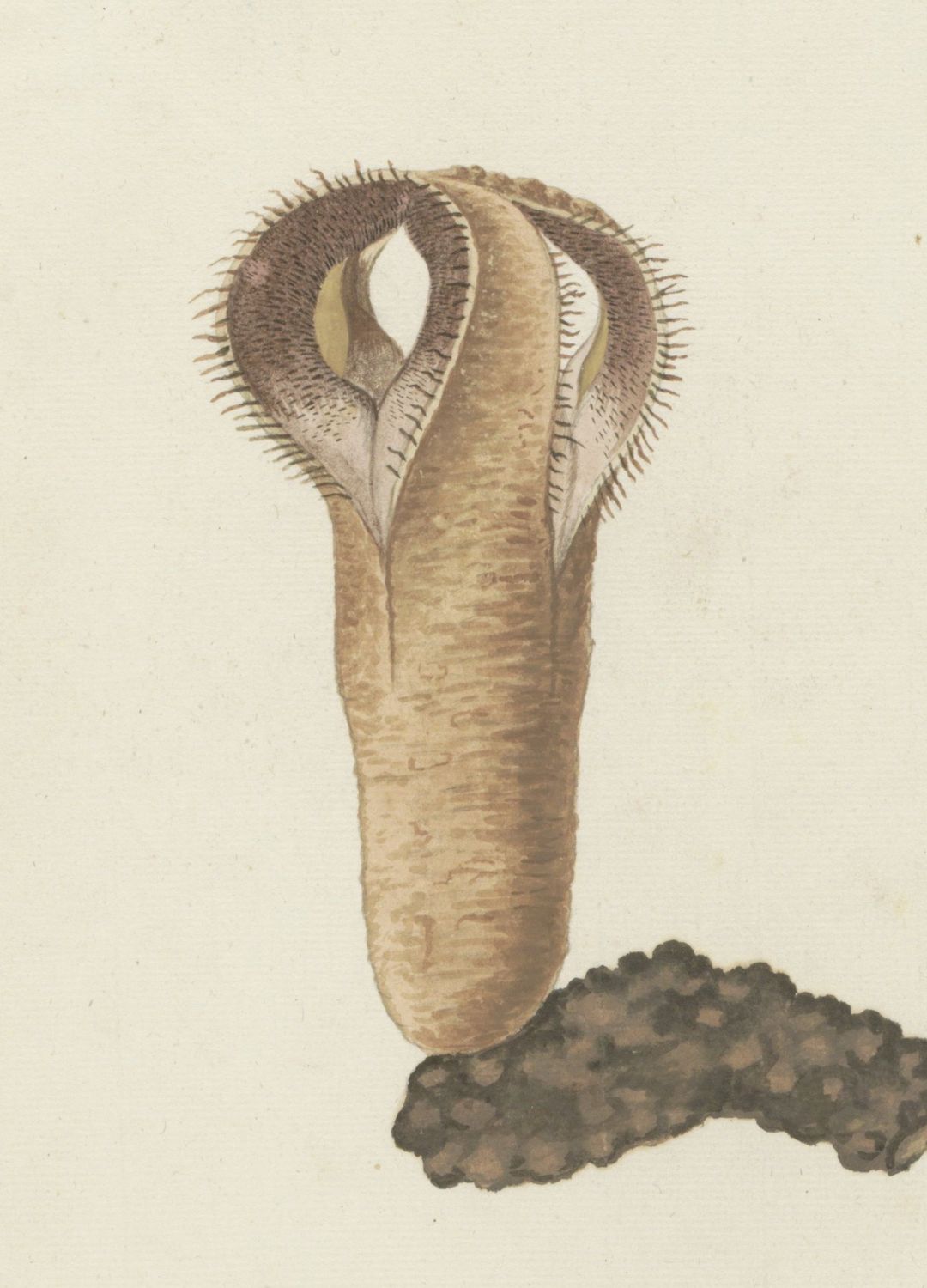
Native to southern Africa, the utterly fascinating hydnora africana is one of the oddest-looking plants in the entire world. Almost extraterrestrial in appearance, when in full bloom the plant features an angry-looking, shocking red flower that kind of resembles a split-open papaya. It takes around one year for the plant to produce a bloom and when it finally opens up it gives off a scent similar to rotting meat.

Lydia is a nomadic travel writer and solo travel expert with two decades of journalistic experience (including a nine-year stint as a fashion and beauty editor and five as a lifestyle director).
An intrepid explorer, Lydia writes about her adventures for The Sunday Times, Condé Nast Traveler, The Guardian, BBC Travel, Harper's Bazaar, ELLE, Marie Claire US, The London Standard, woman&home, Good Food, Women’s Health, Australia's Body+Soul and easyJet Traveller.
-
 This £10 primer is the only thing that can make my foundation last past lunchtime
This £10 primer is the only thing that can make my foundation last past lunchtimee.l.f. Power Grip Primer is the budget buy our oily-skinned Beauty Editor, Jess Beech, can't live without
By Jess Beech Published
-
 The eye cream Reese Witherspoon uses to banish 'concealer creasing' and puffiness was already a bargain - now it's on sale
The eye cream Reese Witherspoon uses to banish 'concealer creasing' and puffiness was already a bargain - now it's on saleThe inexpensive eye cream Reese Witherspoon uses to reduce puffiness, dark circles and creases in her concealer is even more affordable than usual today.
By Charlie Elizabeth Culverhouse Published
